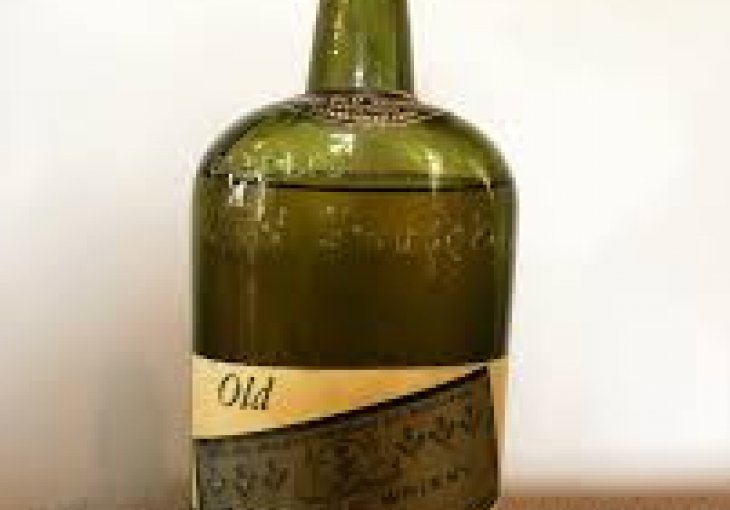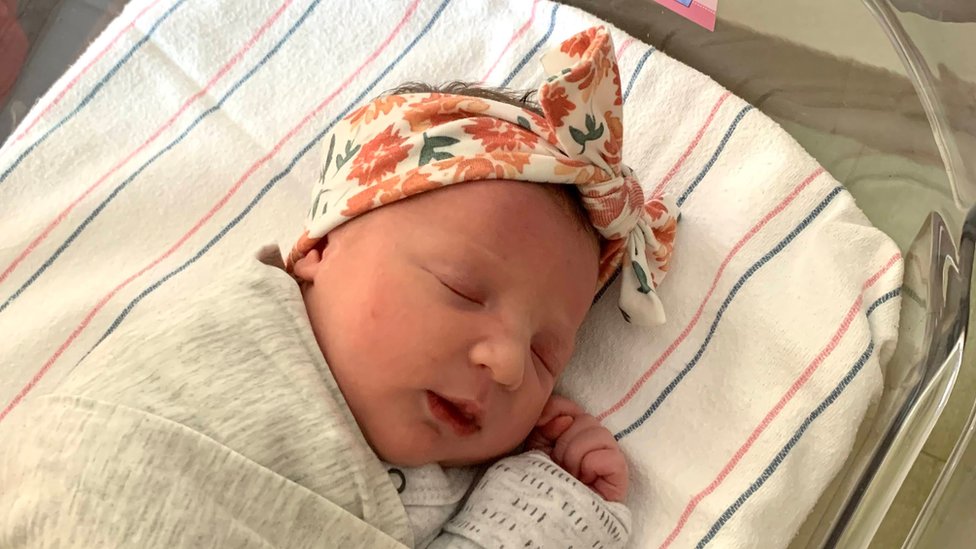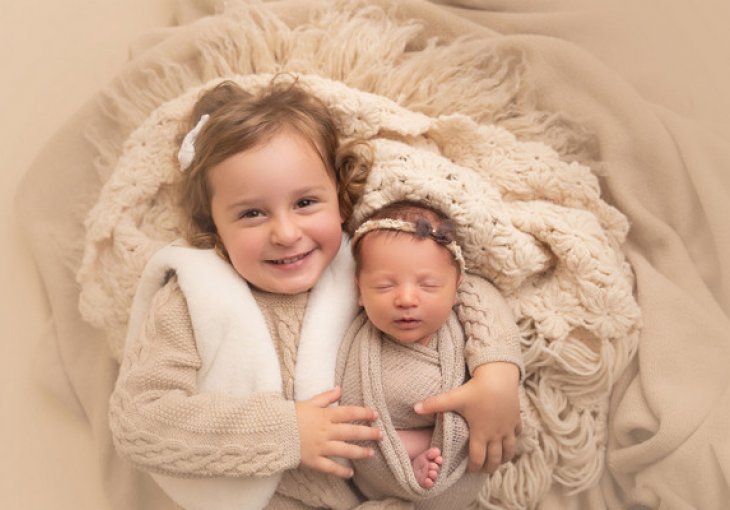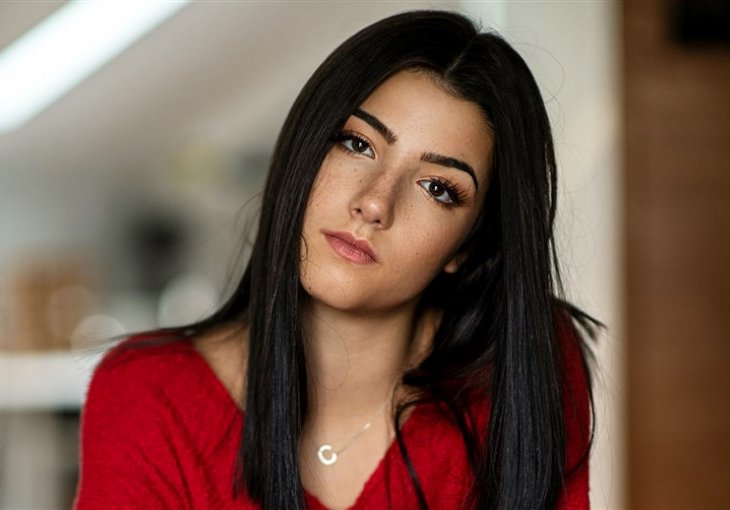
When Molly Gibson was born in October of this year, it was 27 years in the making.

(California News Times)
The new-born baby's embryo was frozen in October 1992, and stayed that way until February 2020, when Tina and Ben Gibson of Tennessee adopted the embryo.
Molly is believed to have set a new record for the longest-frozen embryo to have resulted in a birth, breaking a record set by her older sister, Emma.
"I'm still completely blown away that they are ours," Ms Gibson told CNN.
The Tennessee family struggled with infertility for years before connecting with the National Embryo Donation Center (NEDC), a Christian non-profit in Knoxville that stores frozen embryos that in vitro fertilisation patients decided not to use and chose to donate instead.
Families like the Gibsons can then adopt one of the unused embryos and give birth to a child that is not genetically related to them. There are an estimated one million frozen human embryos stored in the US right now, according to the NEDC.

(BBC)
Mark Mellinger, the NEDC's marketing and development director, said that experience with infertility is common among families who seek embryo donations.
"I'd say probably 95% have encountered some sort of infertility", he said. "We feel honoured and privileged to do this work", and help these couples grow their families.
Infertility was "the hardest thing I've ever dealt with," Ms Gibson wrote in a blog post on the NEDC website, after giving birth to her first daughter, Emma. "Now that I'm on the other side, I see how much those years shaped me as a mom."
Founded 17 years ago, the NEDC has facilitated more than 1,000 embryo adoptions and births, and now conducts around 200 transfers each year. Similar to a traditional adoption process, couples can decide if they would like a "closed" embryo adoption or an "open" one - allowing for some form of contact with the donor family.
This contact ranges between a couple of emails each year to a cousin-like relationship, Mr Mellinger said.
Couples are presented with 200-300 donor profiles, complete with the donor family's demographic history. The Gibsons - a slightly shorter couple - selected donor parents who were shorter in height as well, Mr Mellinger said.
The Gibson's children, Molly and Emma, who was born in 2017, are genetic siblings. Both embryos were donated and frozen together in 1992, when Tina Gibson was around a year old. According to the NEDC, Emma's 24-year-old embryo was the oldest in history to have been born, until Molly came along this year.
"Every single day, my husband and I talk about it," Ms Gibson said to CNN. "We're always like, 'Can you believe we have not one little girl, but two little girls? Can you believe we're parents to multiple children?"
According to the NEDC, the shelf-life for frozen embryos is infinite. The time-frame is limited, however, by the age of the technology - the first baby born from an embryo frozen after IVF was born in Australia in 1984.
"It's entirely possible that there will someday be a 30-year-old embryo that comes to birth," Mr Mellinger said.
(Lupni.com/BBC)



